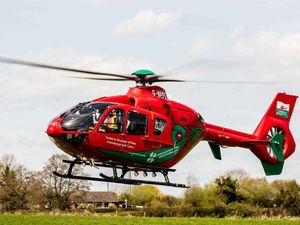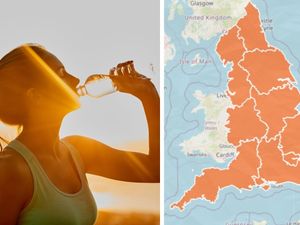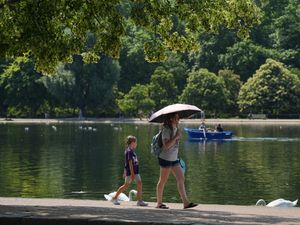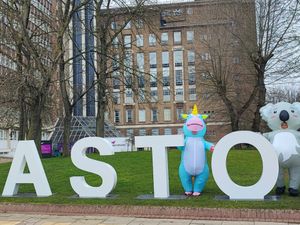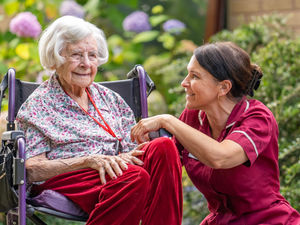Covid-19 contact tracing app: Key questions answered about new trial
What is different about the Government’s second attempt at a contact tracing app for coronavirus?
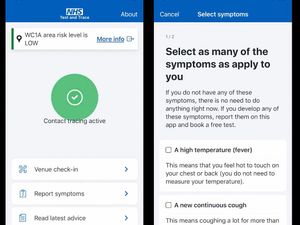
A contact tracing app for England entered a second trial phase on Thursday using Apple and Google-led technology.
The system is pitched as a possible support tool to the test and trace effort, although several countries already have a working app in place.
So what is different about the Government’s second attempt at a contact tracing app for coronavirus, and will it ever get a national roll-out?
– What is the contact tracing app?
The purpose of the NHS Test and Trace app is to keep an anonymous log of people we come into contact with in public places, particularly those we do not know, such as someone on a bus, as it is too difficult to track down strangers.
It uses Bluetooth technology to note down an anonymous ID of those within two metres of you for 15 minutes who are also using the app, which will send an alert to you if they later test positive for Covid-19 – or vice versa.
– How does the app work?
Any information is stored on your phone and not a central database, the NHS will only become aware of you if you tell the app of symptoms and decide to order a test.
On setup, the app will ask for permission to use Bluetooth in the background – which the app relies on to work – and the ability to send and receive notifications, needed to let you and others know of any positive contacts.
You need to enter the first part of your postcode so that localised flares can be reported, displayed at the top of the app with a risk level grading.

